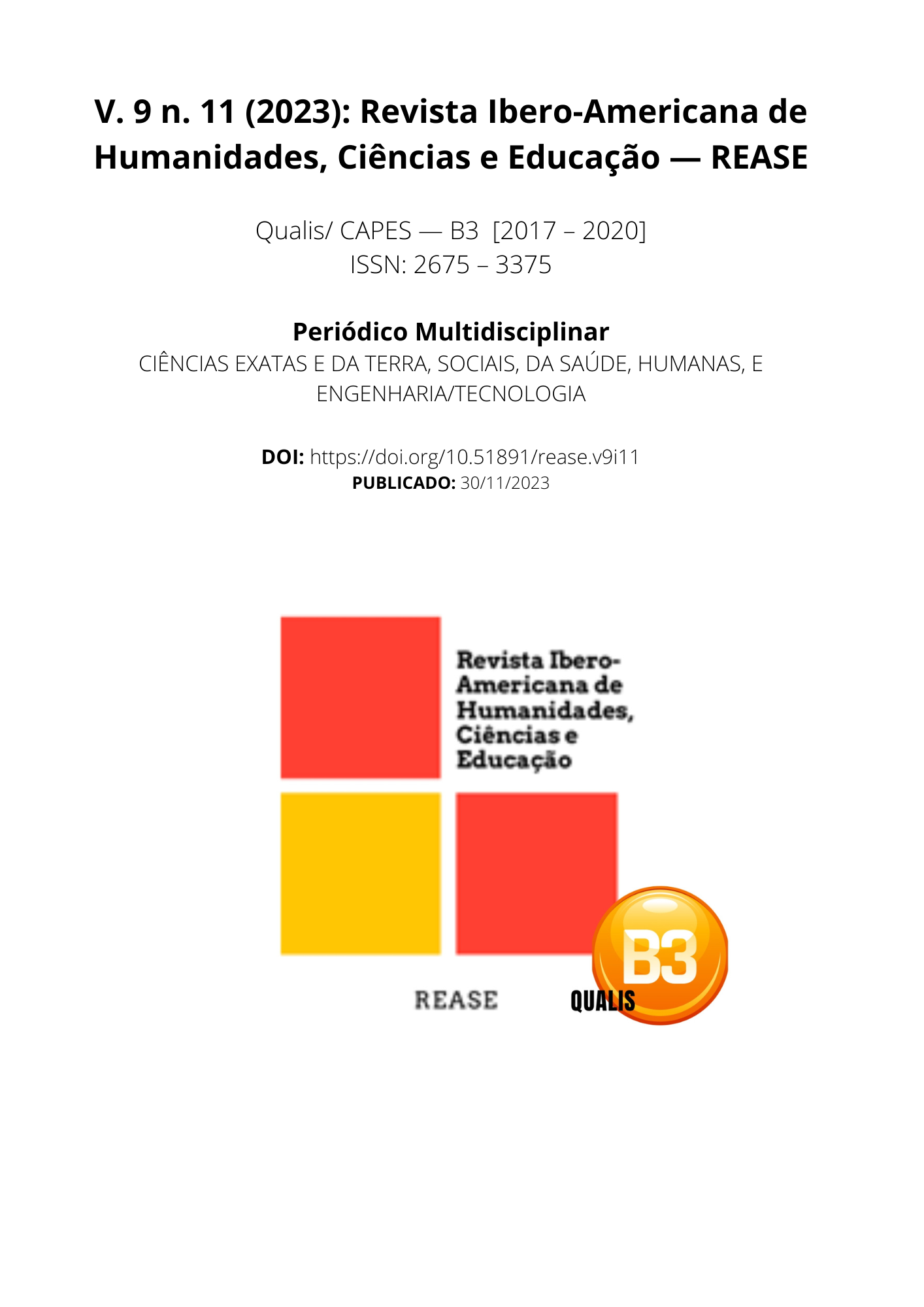CUSTODY HEARING AND ITS IMPORTANCE FOR BRAZILIAN CRIMINAL LAW
DOI:
https://doi.org/10.51891/rease.v9i11.12561Keywords:
Custody Hearing. Criminal Law. Arrest in Flagrante.Abstract
The custody hearing is a legal procedure that involves presenting an individual detained in flagrante delicto before a judicial authority within 24 hours of arrest. This practice aims to ensure the fundamental rights of the detainee, promoting a balance between the efficiency in law enforcement and respect for humanitarian principles. In the context of Brazilian Criminal Law, the custody hearing plays a crucial role by acting as a mechanism to protect individual rights. It allows the judge to assess the legality and necessity of the detention, preventing abuses and ensuring that the detainee is treated with dignity from the moment of arrest. The importance of the custody hearing is reflected in safeguarding rights such as the physical and psychological integrity of the detainee, the right to information, and the right to a fair defense with contradiction. Moreover, by providing an immediate analysis of the legality of the detention, it contributes to reducing prison overcrowding and promoting a more prompt and effective justice system. However, challenges persist in the full implementation of this procedure, including institutional resistances and the need to improve processes. To effectively consolidate the custody hearing in the Brazilian legal landscape, it is essential to overcome such obstacles and reinforce its role as a vital instrument in protecting individual rights and in building a fairer and more equitable penal system.
Downloads
Downloads
Published
How to Cite
Issue
Section
Categories
License
Atribuição CC BY

